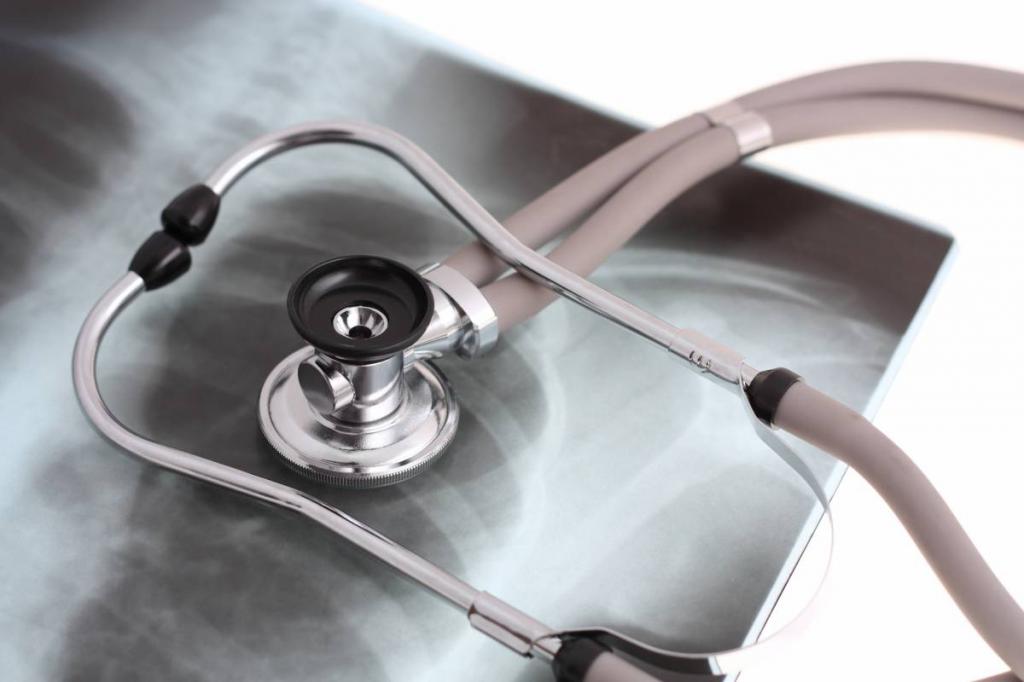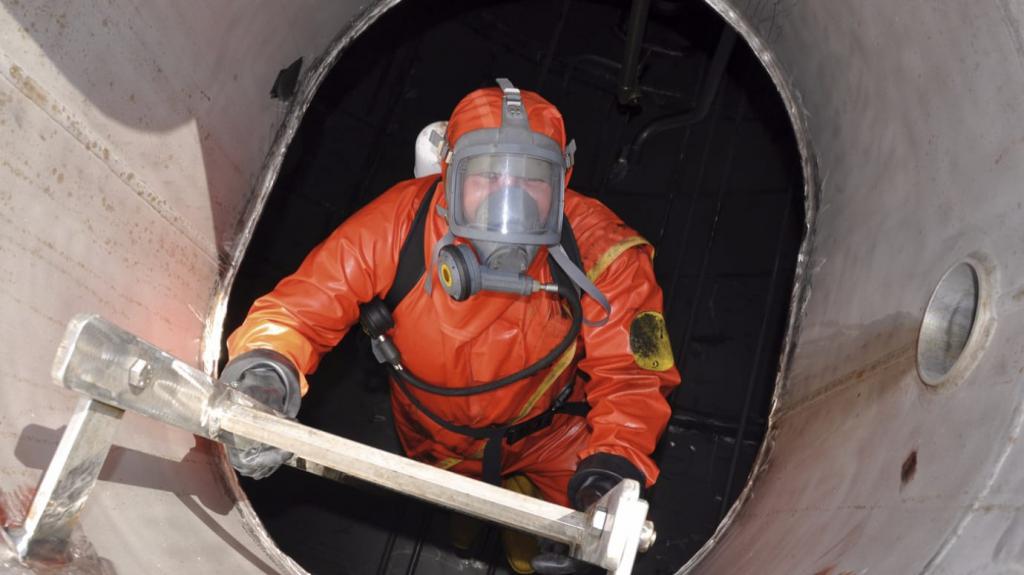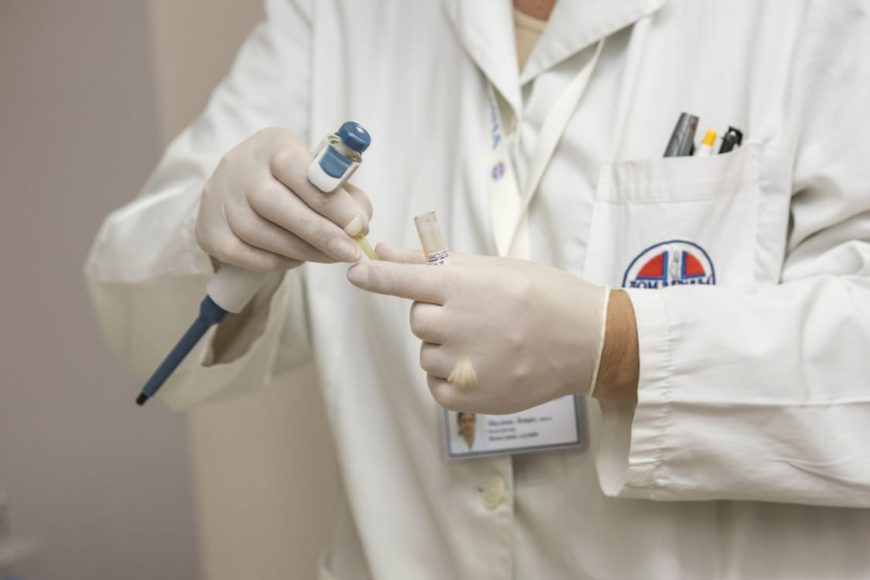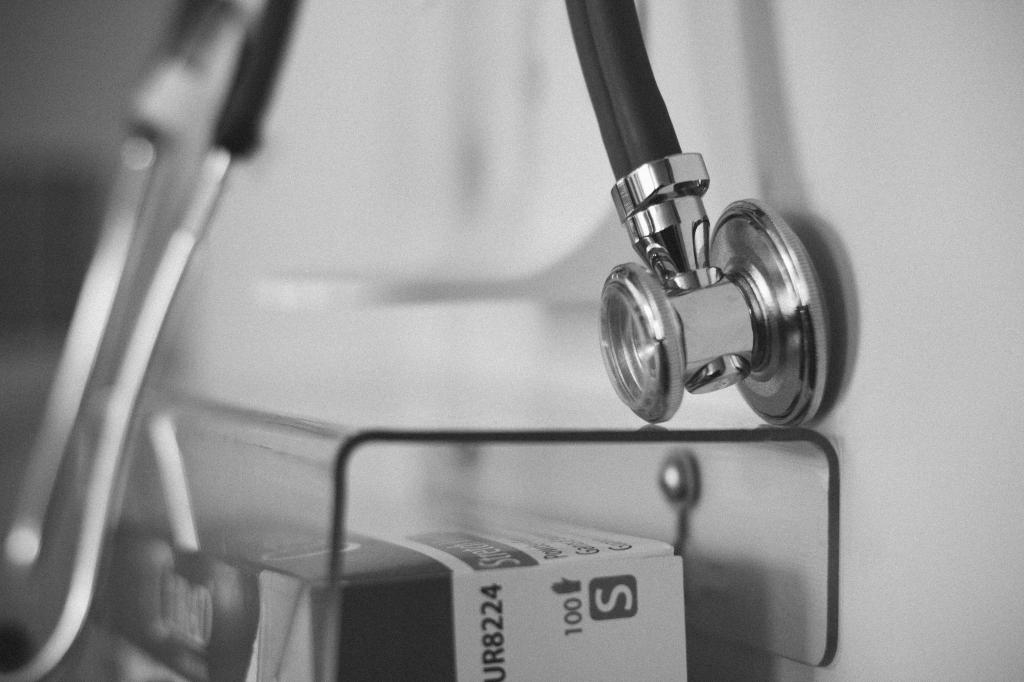Occupational disease is a pathology acquired in connection with a work process. The cause of the disease is aggressive, harmful factors affecting the person. Quite often, professional poisoning occurs, that is, such diseases, malfunctions in the body, caused by industrial poisons. In high concentrations, these substances show a pronounced negative effect on humans, and in industry workers are forced to come into contact with such compounds often for a long time.
Everything is official!
Currently, records are kept for all cases. Occupational diseases and poisonings are recorded officially. If a person does not feel well, he should seek help from a doctor, another employee of a health center on the premises. When confirming the disease, poisoning due to work, the information is recorded and sent to the State San Inspection. First, the message is transmitted by phone, followed by an officially written notice of the case. Also in the course of what happened should be the administration of the organization.

As soon as information about injuries and occupational diseases reaches the SES, the industrial doctor working at the station should begin an investigation. One week is allocated for events under the law. The investigation takes place with the participation of representatives of the health center or the institution to which the victim turned. The process involves members of the company’s administration.
Everything is official
Each situation should be documented. They use forms of acts of occupational disease that were introduced in the USSR period and have been somewhat modernized recently. It is necessary to use the latest template from the countries that have successfully passed approval by the Ministry of Health.
The document contains information about the working environment, the operating conditions of the victim. The task of the responsible persons is to determine the causes of the incident and propose measures through which in the future it will be possible to prevent a recurrence. One copy of the act is officially (signed) transmitted to representatives of the management of the enterprise.
In the area of responsibility of the company in whose territory the accident occurred, occupational disease is the implementation of all measures prescribed by the commission and a report on their implementation. Information about the execution should be officially reported to the State San Inspection. The terms in which this should be done are specified at the stage of transferring the order, the act of the administration of the company.
Theory and practice
According to the law, occupational diseases are a group of pathological conditions due to poor working conditions, harmful production factors, and occupational hazards. Statistical studies of the international level have shown: on average about 160 million new cases are recorded in the world every year.
The frequency of occurrence, prevalence is largely determined by economic, social conditions, the specifics of the organization of work, equipment, equipment, as well as attentiveness and responsibility of the staff. Accidents and occupational diseases cannot be considered solely a medical problem. At present, it is professional pathological conditions that are one of the most common reasons for people to receive disability status.Among the diseases that dominate in the frequency of occurrence are those that result in death.

Everything needs to be learned.
Due to its relevance and high frequency of occurrence, occupational diseases in production have become the object of study of a specific science - occupational pathology. This is a discipline that identifies the causes, nuances of formation, manifestations of diseases associated with work. Specialists in this field are developing methods for diagnosing diseases, approaches to their treatment and prevention. Studies have established: acute occupational diseases are often explained by a single aggressive factor (chemistry, bio, physical). A chronic case is possible, the cause of which is a prolonged, repeated negative impact on a person.
Occupational diseases at work - a group of pathological conditions with blurred clinical manifestations. Most diseases do not have any special, pronounced signs. If the working process is unfavorable, the latent stage lasts a couple of years, and under favorable conditions it reaches three decades.
The nuances of definition
Clarifying the condition of the person who applied, the doctor responsible for the case should examine his body, collect all complaints, identify the nuances and specifics of the workplace. There is a classifier that combines various factors of occupational diseases. When analyzing the condition of the victim, this generally accepted system is used. Chemical aspects include benzene vapors, mercury and manganese components, and lead. A person can get sick due to the constant presence in conditions of noisy, vibration. Occupational diseases are those who work on dusty objects or under conditions of ionizing radiation.

When investigating occupational diseases, it is assessed whether the victim was subject to pressure drops, sudden changes in this environmental parameter, how great physical activity was, how aggressively the weather and biological aspects affected.
What happens?
The most common occupational diseases are fibrosis, bronchitis due to contact with dust, pneumococcosis, asthma. Often recorded cases of vibrational disease, venous expansion in the lower extremities, thrombophlebitis. Workers come to the clinic with acute poisoning, chronic skin diseases (eczema). Many have weak hearing, myopia is progressing, gradually a person becomes blind. Chronic arthritis is common enough.
Prevention of occupational diseases is to eliminate aggressive factors that provoke various pathological conditions. For this, it is necessary to think through, design, put into practice mechanisms, protective systems, as well as automate work processes in order to minimize human involvement for dangerous tasks. When it comes to the chemical industry, one of the first tasks of designers is to ensure absolute reliable tightness of all objects that represent at least some kind of danger. Prevention involves sanitary measures, technical inspections, the introduction of personal protective equipment and training personnel to work with them. Good working conditions are those where workers can rely on regular medical examinations. Equally important is the responsibility for one’s health on the part of the person: one should eat right, exclude bad habits from everyday life. In order for the incidence due to professional activities to become lower, it is necessary to strictly and accurately observe the safety rules and work.
Technological conditions and realities of our life
If we study the current legislation with regard to terminology and which diseases are occupational, it becomes clear: understanding this term is possible only with a clear understanding of the essence of technological conditions. This is a collective concept, a term that simultaneously includes a variety of factors affecting the human body. Their reason is a lack of information on the rules of organizing the process in the administration, as well as the use of hazardous substances and compounds due to the specifics of a particular work process. Specifications include violations of the regulated process, established rules and regulations.

When investigating cases of occupational diseases, the features of the organization of the work process are necessarily evaluated. It is known that an impressive percentage of situations is explained precisely by the effect on workers of noise, vibration, dust, uncomfortable temperature conditions. Microscopic pathological organisms, electromagnetic, ultraviolet radiation can cause pathologies of a professional type. Some people get sick due to severe emotional overload, overstrain of the auditory, visual, and speech organs. There is a high likelihood of getting sick with workers working with vehicles, engaged in monotonous operations and forced to spend a long time in front of a computer, on a conveyor belt. A significant role in the emergence of professional pathology is played by the need to concentrate on small details for a long time.
Occupational pathology: first, second groups
Based on the current classification, occupational diseases belonging to the first category are pathological conditions due to chemical aggressive factors. They can be the cause of poisoning (acute, chronic), the effects of intoxication, in which a separate organ or system is affected, or several at once. Chemicals can cause skin diseases, including onychia, folliculitis, various forms of dermatitis, paronychia, melasma. Due to chemical compounds, teflon casting fever may develop.
The second group of occupational diseases is pathological conditions due to the influence of dust. Quite often, pneumoconiosis is diagnosed, associated with an abundance of silicone, silicates, metals in the air. Pneumoconiosis, carboconiosis are possible. Some diseases are provoked by the presence in the air of several types of hazardous substances. Due to dust with a high degree of probability, chronic bronchitis or other diseases of the respiratory system — bagassosis, biosynosis — can develop.
Occupational pathology: continuing consideration
The third class includes diseases caused by physical exposure. These are occupational diseases due to ultrasound - polyneuritis, angioneurosis, as well as hearing impairment and vibration disease. Specific pathologies may occur due to laser, electromagnetic rays. The laser can cause local harm, provoke a burn, cataract, electrophthalmia. There is a risk of radiation damage, a disease that affects the body completely. Against the background of radiation, pneumosclerosis is possible. Due to pressure drops, an acute oxygen deficiency and decompression pathology develop. Uncomfortable weather conditions can provoke polyneuritis.

The next category is pathological conditions due to excessive stress. If this covers peripheral NS, muscles, a person is diagnosed with neuralgia, neuritis (there are several forms), radiculitis, plexitis or fasciitis. There is a risk of coordinating neurosis, dyskinesia. With increased load on the musculoskeletal system tendovaginitis, bursitis, arthrosis, epicondylitis, ligamentitis develop.
Concluding the review
The last, fifth group - occupational pathologies provoked by biological factors.They can be the cause of glanders, ulcers, brucellosis, tuberculosis, candidiasis, erisipeloid.
A separate class is allergic diseases, including various forms of the common cold, conjunctivitis, asthma, and skin reactions. Outside of the main etiological classification - malignant diseases associated with professional activities. Tumors can be localized in the skin, mouth, respiratory system, liver, digestive tract, musculoskeletal and circulatory system, in the bladder.
Chronicle or acute?
It is customary to divide all cases into acute, chronic. The first option appears unpredictably, suddenly. Its reason is the influence of an aggressive factor once per shift. Poisoning is possible against the background of an increased content of chemical compounds in the surrounding space (in particular, in air). An acute condition is possible due to excess doses, levels of other factors dangerous to human health.
The chronicle is formed if a person is systematically affected by a harmful aspect for a long period. Gradually, the symptoms become more pronounced.

Pathogenesis and diagnosis
Professional pathologies are associated with the correction of the activity of systems and organs. Often, the balance of enzymes suffers, due to which metabolic processes involving fatty, protein structures, carbohydrates, and minerals are lost. The state of the membranes of the cytoplasm is corrected. Scientists agree that the main way they do harm is through oxidation by radicals.
In order to correctly assess the case, the doctor must analyze the hygienic, sanitary conditions of the patient’s employment, the professional route and all the work that a person has done since the beginning of labor activity. The specialist’s task is to determine what harmful effects affected the patient during work, how long the interaction with them was. The medical history is evaluated, the data on pathologies transferred earlier, both professional and non-work related, are updated.
A number of professional pathological conditions can manifest itself years and decades after the last interaction with a hazardous factor. Such, for example, are some papillomas, silicosis, asbestosis.
Diagnostics and deontology
In order for the final decision of the doctor on the occasion to be accurate and correct, follow the differential diagnosis. Regarding any occupational disease, there are a number of pathological conditions, expressed in a similar clinical picture, but differing in etiology. Significant assistance is currently being obtained in diagnosing by identifying in biological samples the chemical compounds that provoked the disease and the derivatives of the compound. Sometimes clarification of the case of an occupational disease requires continuous monitoring of the condition - regular receipt of indicators helps to determine their relationship with working conditions.
Without clear and precise evidence, the doctor cannot discuss with the patient the possibility of having a professional pathology. Such talk is a gross violation of current medical principles. Unreasonable and unproven diagnosis of professional pathologies can provoke psychological trauma. Deontology as one of the basic declares the principle of responsibility of the doctor in the formulation of the diagnosis and ranking him as a professional.

What to do?
The predominantly therapeutic course in identifying occupational pathology is symptomatic. Often, timely transfer to other working conditions, where dangerous factors will not affect a person, becomes vitally important.
The preventive component involves paying special attention to hygiene standards, preliminary medical examinations, regular examination of all persons who are forced to come into contact with aggressive factors at work.
